Cassini was a spacecraft sent to Saturn to study the planet and its rings and satellites. The United States National Aeronautics and Space Administration (NASA) launched Cassini on Oct. 15, 1997. The craft began orbiting Saturn on July 1, 2004. Cassini also studied Saturn’s magnetosphere, a zone of strong magnetic fields originating in Saturn. A magnetic field is the influence that a magnet—in this case, the planet—creates in the region around it.
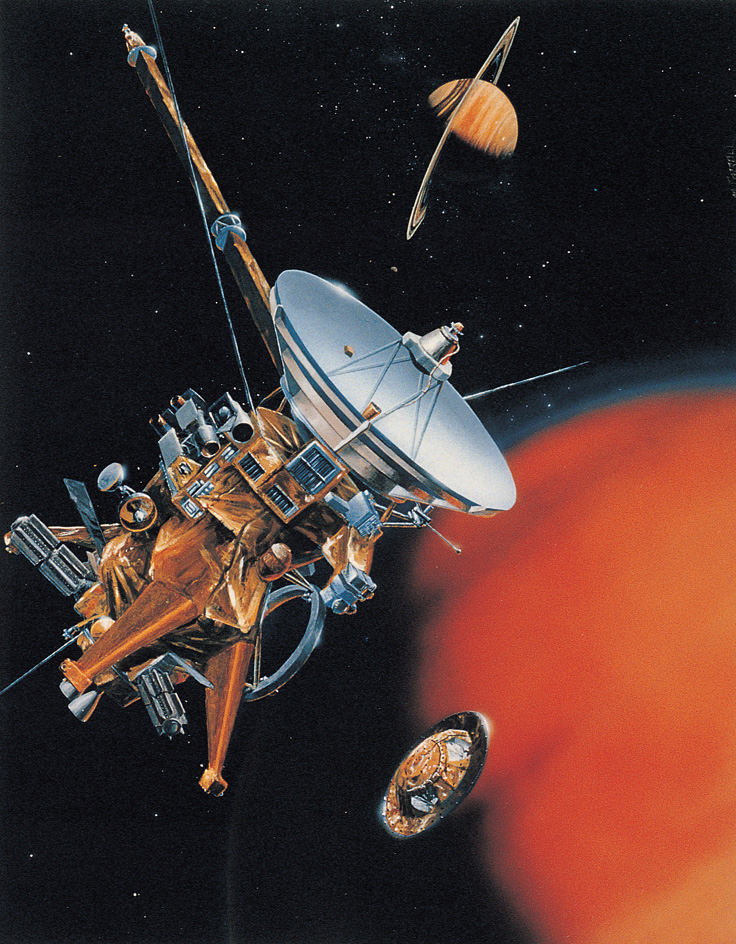
Engineers and scientists at NASA’s Jet Propulsion Laboratory built Cassini. The Italian Space Agency provided a large antenna and several other elements of the spacecraft. The craft was named for the Italian-born French astronomer Giovanni Domenico Cassini, who made major discoveries about Saturn in the late 1600’s.
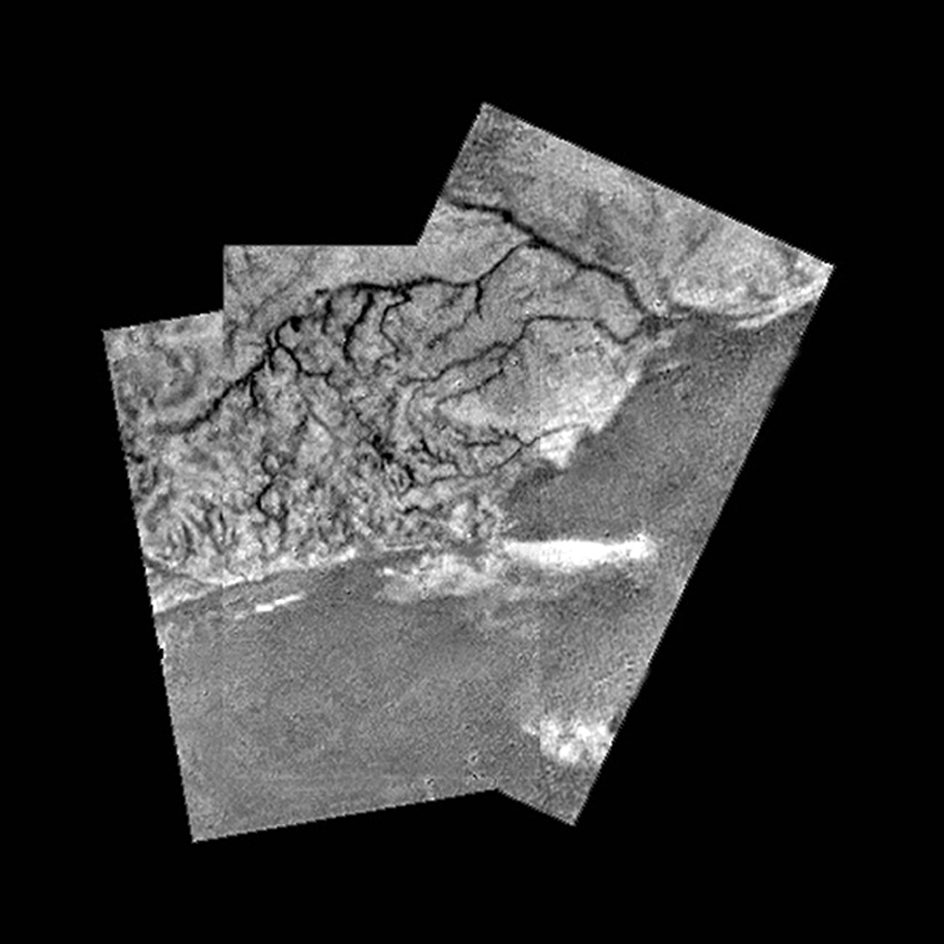
Cassini carried a probe called Huygens. The European Space Agency designed and built Huygens to drop into the atmosphere of Titan, Saturn’s largest moon. Huygens was equipped with six instruments to study Titan’s atmosphere and surface. The probe was named for the Dutch physicist, astronomer, and mathematician Christiaan Huygens, who discovered Titan in 1655.
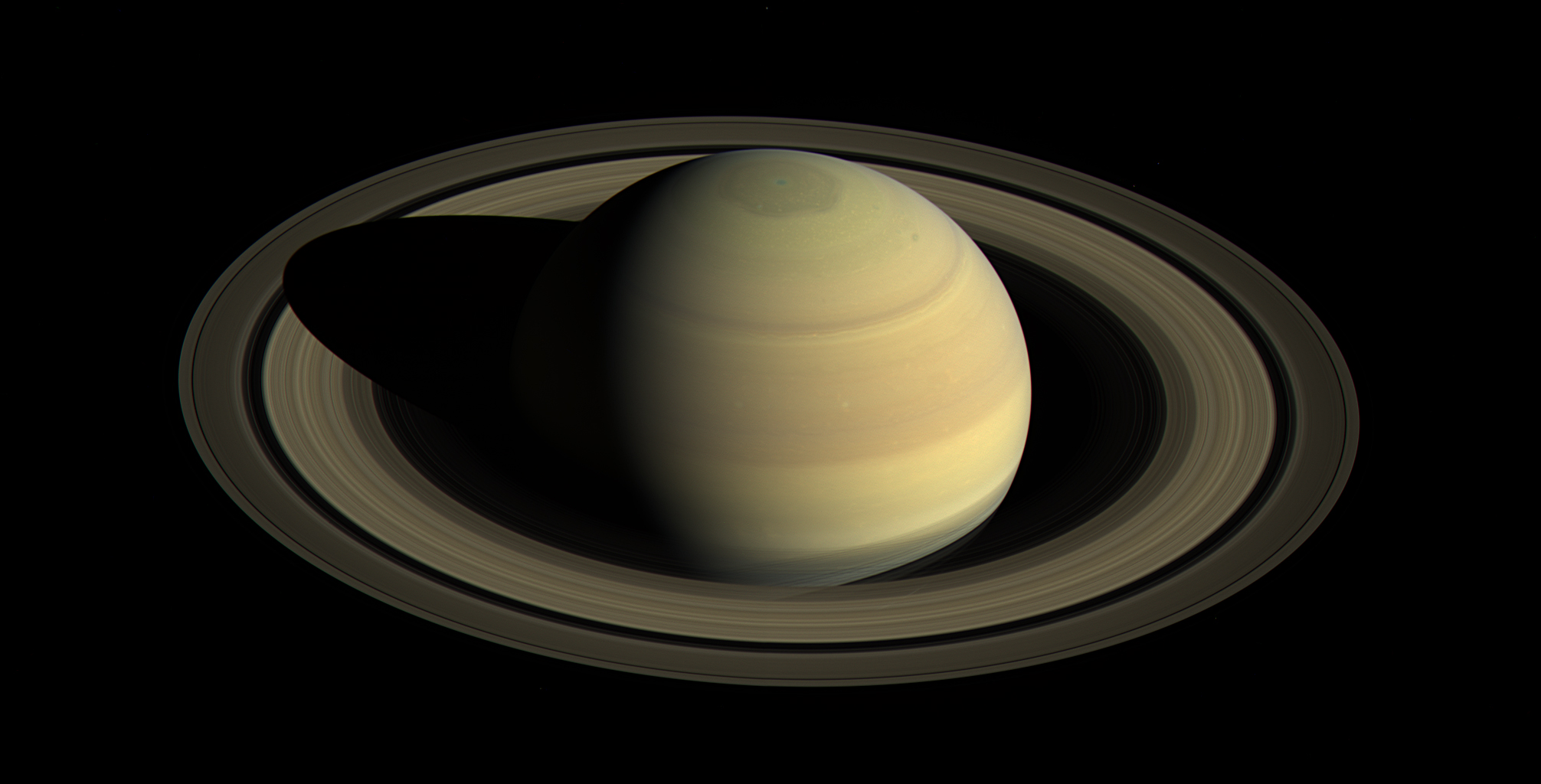
Some of Cassini’s studies focused on Saturn’s atmosphere and interior. Other observations revealed lakes on Titan and erupting geysers on Enceladus, another moon of Saturn’s. Cassini also investigated the rings and smaller moons to help scientists understand the origin and evolution of the satellite and ring system. In 2006, Cassini found evidence of tiny “moonlets” orbiting inside the rings.
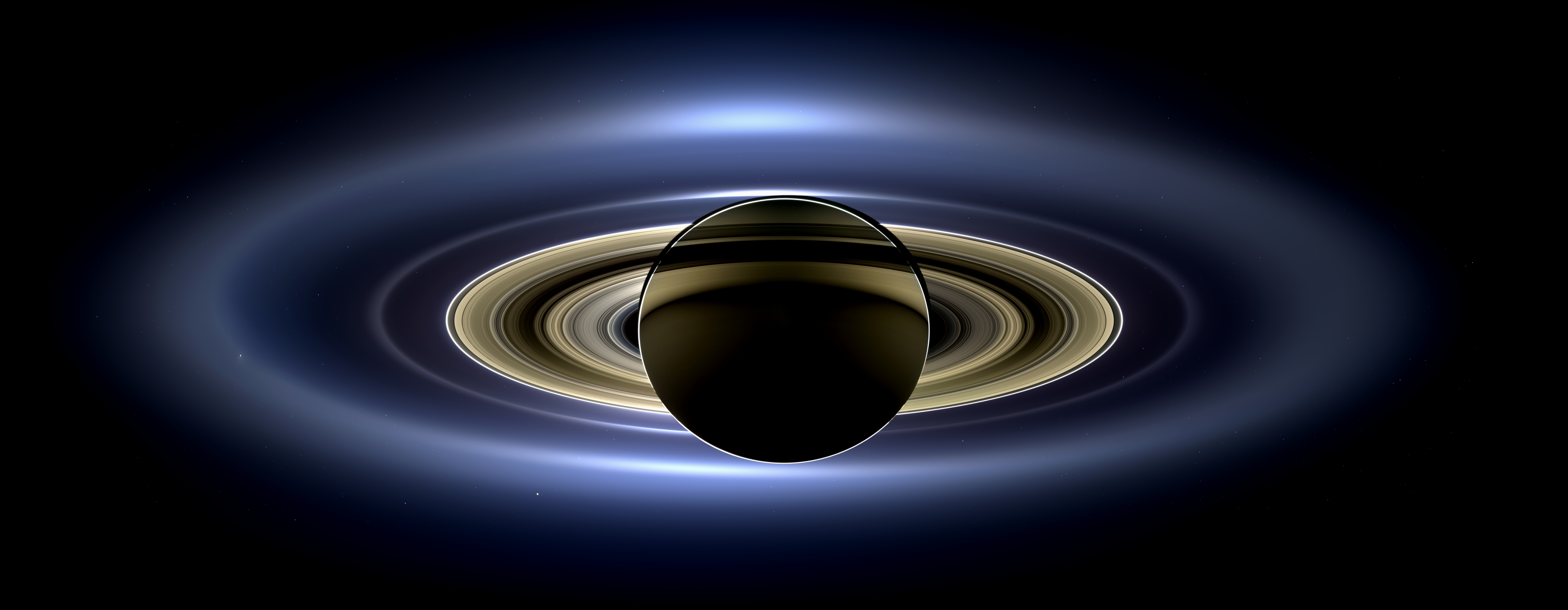
Cassini and Huygens studied Titan closely for two reasons: (1) it is one of the largest satellites in the solar system, and (2) it has the thickest atmosphere of any moon. Titan’s atmosphere consists mostly of nitrogen and has a thick, smoglike haze. Visible light cannot pass through the haze, so Cassini carried a radar that could penetrate the atmosphere. The spacecraft also had cameras equipped with filters that enabled them to photograph Titan’s surface.
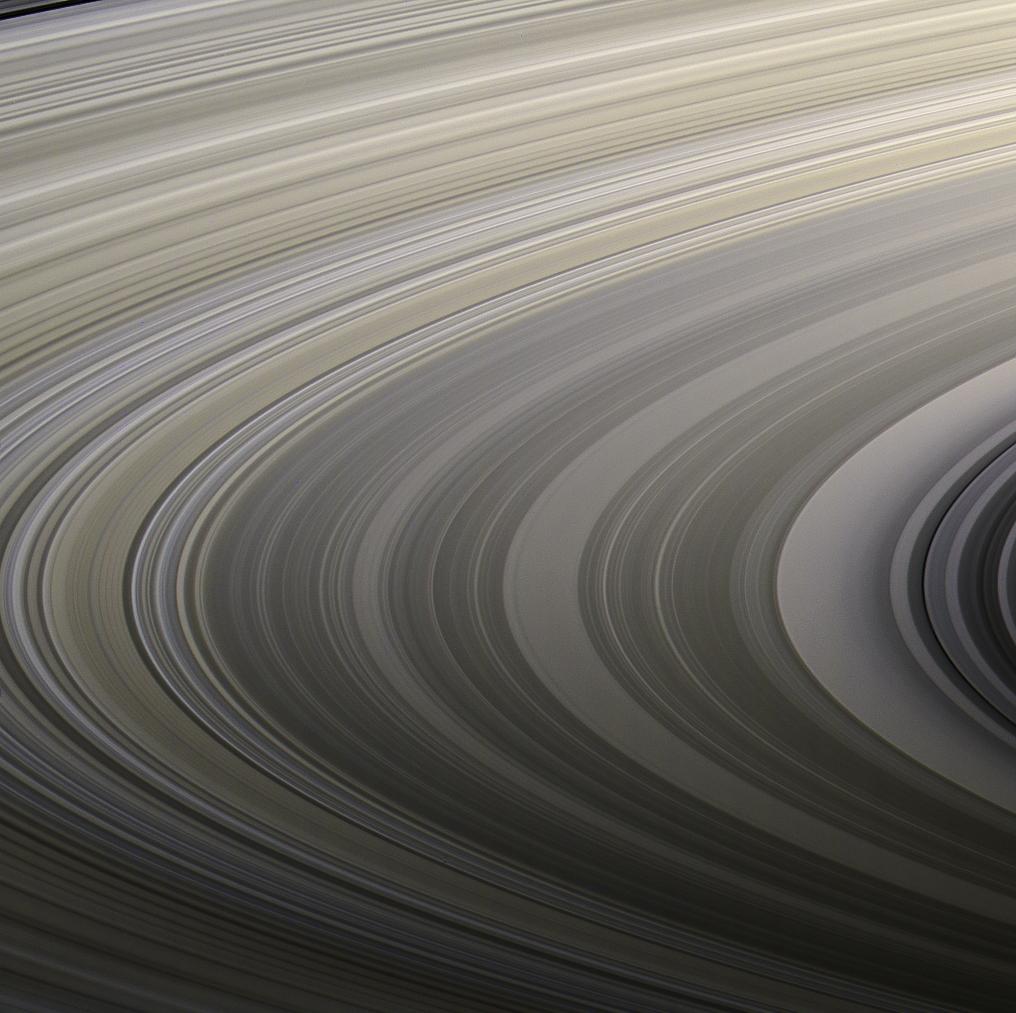
On Dec. 25, 2004, Cassini released Huygens. Huygens arrived at Titan’s atmosphere on Jan. 14, 2005. For 21/2 hours, the probe analyzed chemicals, recorded sounds, and measured winds as it parachuted toward the moon’s surface. Titan’s haze cleared at an altitude of about 20 miles (30 kilometers), enabling the probe’s cameras to capture photographs of Titan’s surface. The images revealed a landscape that appeared to have been carved by rains of liquid methane. Huygens touched down in a soft mixture of water ice and hydrocarbon ice, becoming the first craft to land on a satellite of a planet other than Earth.
After Cassini completed its primary mission in 2008, NASA granted it two mission extensions. The first extension allowed the spacecraft to continue collecting data until 2010. The second and final extension continued the Cassini mission until 2017. By that time, Cassini’s fuel supply was almost exhausted. Mission controllers programmed Cassini to destroy itself on Sept. 15, 2017, by crashing into Saturn’s atmosphere. This programmed destruction ensured the spacecraft could not continue in an uncontrolled path among Saturn and its moons.
